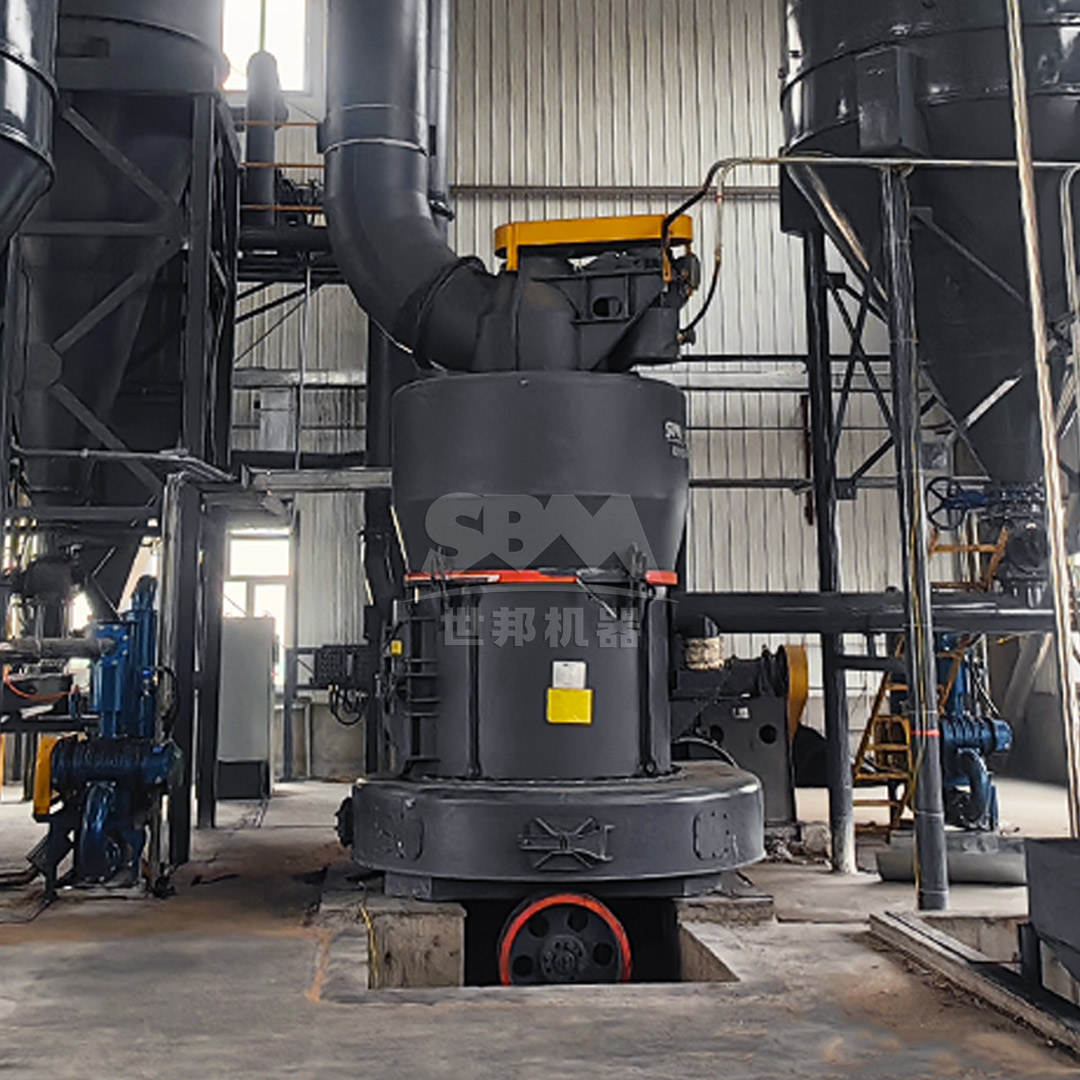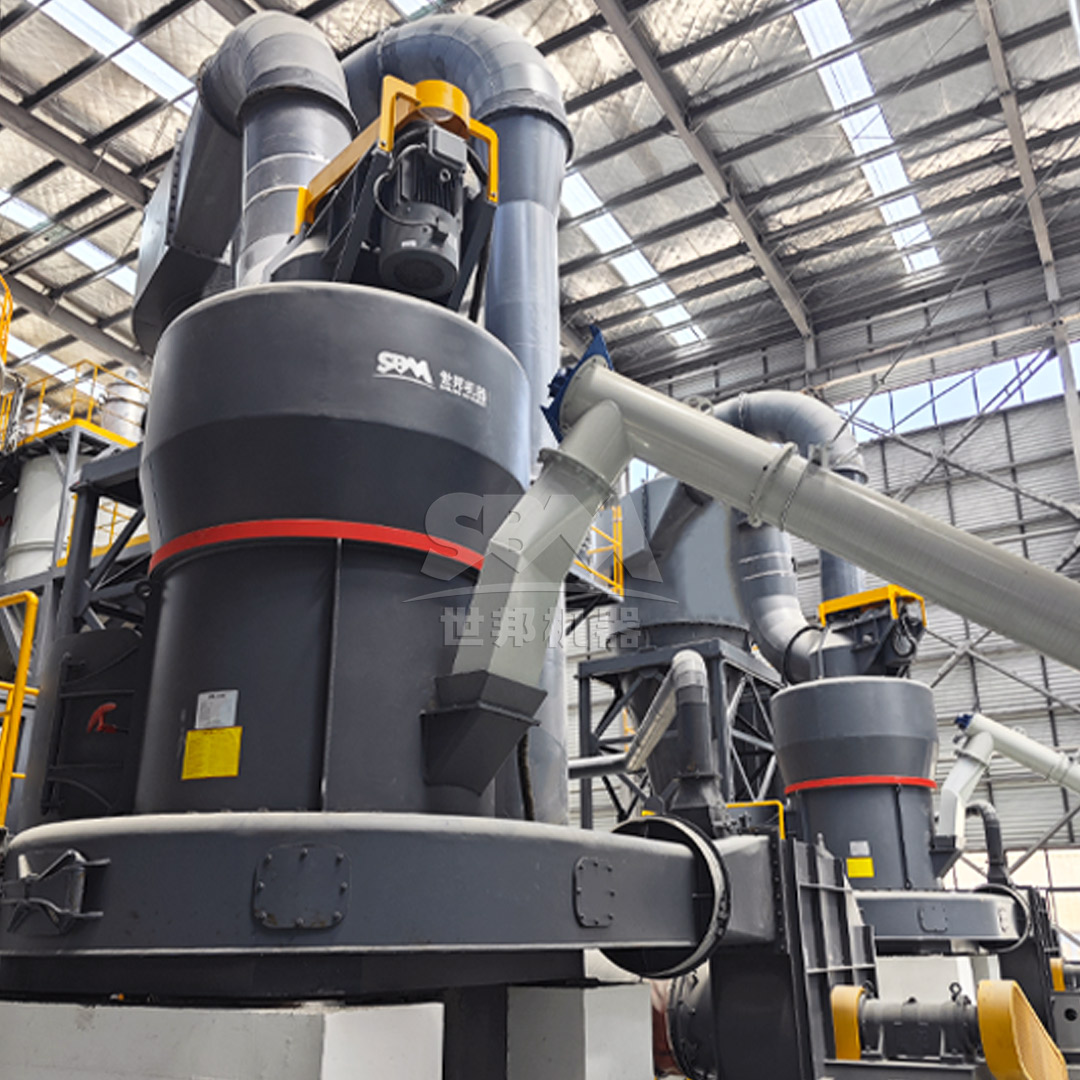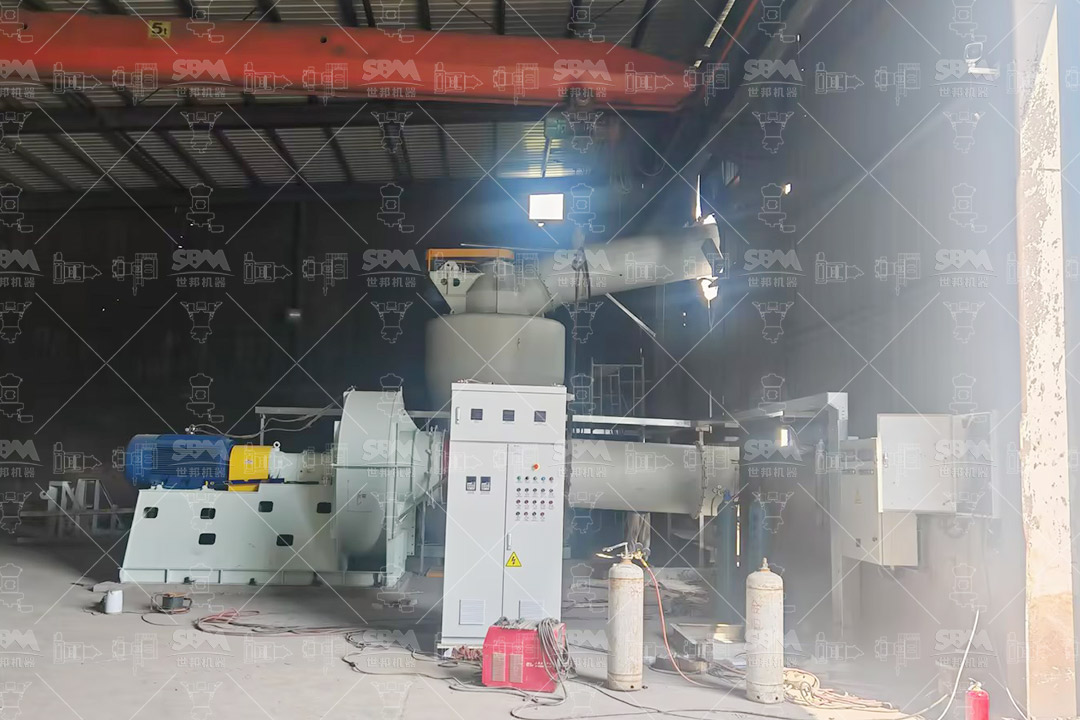The manufacturing of high-purity glass demands exceptionally fine and consistent quartz powder with minimal impurities. The grinding process is a critical stage that directly impacts the quality, clarity, and strength of the final glass product. An optimized grinding plant design is therefore not merely an operational consideration but a fundamental requirement for manufacturers aiming to achieve superior product quality and maintain a competitive edge. This article explores the key design principles for a modern quartz grinding facility tailored for the high-purity glass industry and highlights advanced technological solutions that drive efficiency and purity.

Designing an efficient quartz grinding plant requires a holistic approach that integrates several critical factors, from raw material handling to final product packaging.
High-purity glass production starts long before grinding. The incoming quartz ore must undergo rigorous washing and pre-treatment to remove clay, iron oxides, and other surface contaminants. A dedicated washing circuit with scrubbing mills and magnetic separators is essential to reduce the iron content, a key impurity that can cause discoloration in glass. The design must ensure that only thoroughly cleaned and classified quartz of a specific size range proceeds to the drying and grinding stages.
Moisture can severely hamper grinding efficiency and lead to clogging in milling systems. A robust drying system, such as a rotary dryer, is integral to the plant layout. The dryer must be precisely controlled to reduce moisture to optimal levels (typically below 0.5-1.0%) without overheating the quartz, which could induce thermal stress and create microfractures.
The choice of grinding mill is the most crucial decision in the plant design. The mill must produce a fine, consistent powder with a narrow particle size distribution (PSD) and must do so with low energy consumption and minimal iron contamination from wear parts.
For high-purity applications, vertical roller mills and ultra-fine grinding mills are superior to traditional ball mills. They offer significantly lower specific energy consumption, better control over PSD, and often incorporate advanced sealing and material technologies to prevent contamination.

An efficient classification system is non-negotiable. Integrated or standalone high-efficiency classifiers (e.g., turbo classifiers) work in a closed loop with the grinding mill to continuously separate fine product from coarse material. The coarse fraction is recirculated for further grinding, ensuring that only product meeting the strict fineness specification (e.g., D97 ≤ 45μm or even finer for specialty glass) is sent to the product collection system. This ensures optimal mill loading and prevents over-grinding.
The entire process, from raw material intake to product silo storage, must be enclosed and operated under negative pressure. A central pulse-jet baghouse dust collection system is mandatory to meet stringent environmental standards and to protect workers from respirable crystalline silica dust. All conveyors (screw, belt, bucket elevators) must be designed for abrasive materials and must be easily maintainable.
A modern plant is governed by a centralized Programmable Logic Controller (PLC) or Distributed Control System (DCS). This system automates the entire process, from starting sequences to regulating feed rates, mill power, classifier speed, and fan airflow. Real-time monitoring of key parameters ensures consistent product quality, maximizes throughput, and enhances operational safety.
For applications requiring the finest quartz powders (e.g., for high-end electronics glass), the SCM Ultrafine Mill is an exemplary solution. This mill is engineered to achieve fineness levels between 325 and 2500 mesh (D97 ≤ 5μm), far surpassing the capabilities of conventional mills.
Its technical advantages make it ideally suited for high-purity glass manufacturing:
The mill’s working principle—utilizing multiple grinding rings and rollers to progressively reduce particle size—ensures a stable and efficient grinding process for hard abrasive materials like quartz.
| Model | Processing Capacity (ton/h) | Main Motor Power (kW) | Feed Size (mm) | Final Fineness (mesh) |
|---|---|---|---|---|
| SCM800 | 0.5-4.5 | 75 | ≤20 | 325-2500 |
| SCM900 | 0.8-6.5 | 90 | ≤20 | 325-2500 |
| SCM1000 | 1.0-8.5 | 132 | ≤20 | 325-2500 |
| SCM1250 | 2.5-14 | 185 | ≤20 | 325-2500 |
| SCM1680 | 5.0-25 | 315 | ≤20 | 325-2500 |
The grinding mill is the centerpiece, but the supporting equipment dictates the plant’s reliability.
Before the ultrafine grinding stage, quartz must be reduced to a suitable feed size (e.g., <20mm). A Hammer Mill is perfectly suited for this primary crushing stage. Models like the PC4012-90, with an input size of 0-40mm and output of 0-3mm, provide a consistent and manageable feed for the SCM mill, optimizing its performance and protecting it from oversized material.
The plant layout should follow a logical linear or U-shaped flow to minimize conveying distances. Ample space must be provided around all major equipment, especially mills and classifiers, for safe maintenance, liner changes, and rotor inspections. The control room should have a clear view of the key process areas or be equipped with comprehensive video monitoring.

Designing an optimized quartz grinding plant for high-purity glass is a complex engineering task that balances product quality, energy efficiency, operational cost, and environmental responsibility. The move towards advanced grinding technologies like the SCM Ultrafine Mill is no longer optional but a necessity for manufacturers targeting the premium end of the market. By integrating robust pre-treatment, state-of-the-art milling and classification, and comprehensive automation within a well-planned layout, producers can achieve the exceptional levels of purity and consistency demanded by the modern glass industry, ensuring both product excellence and long-term profitability.